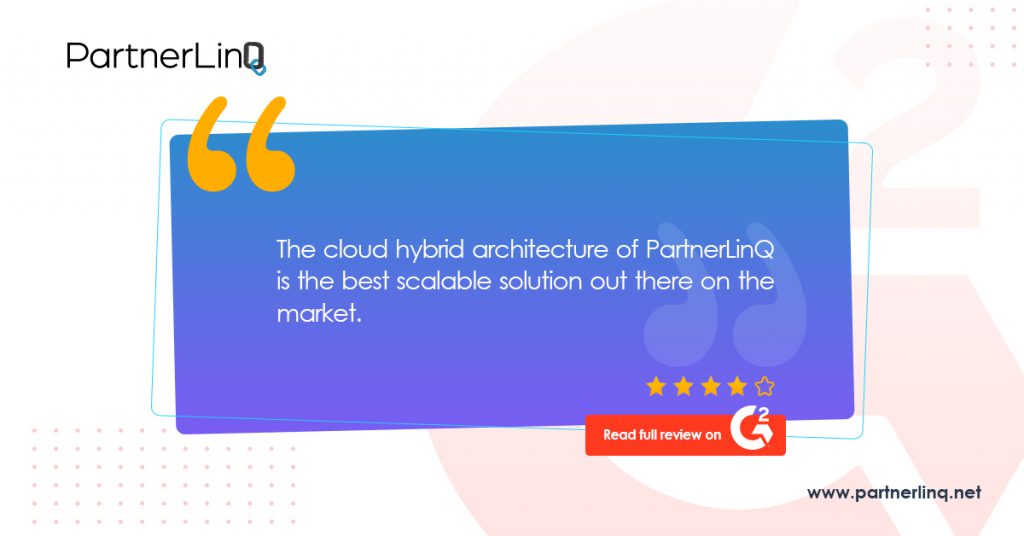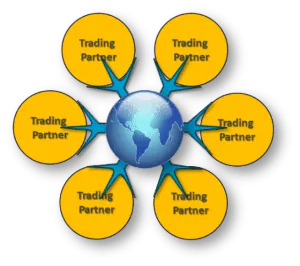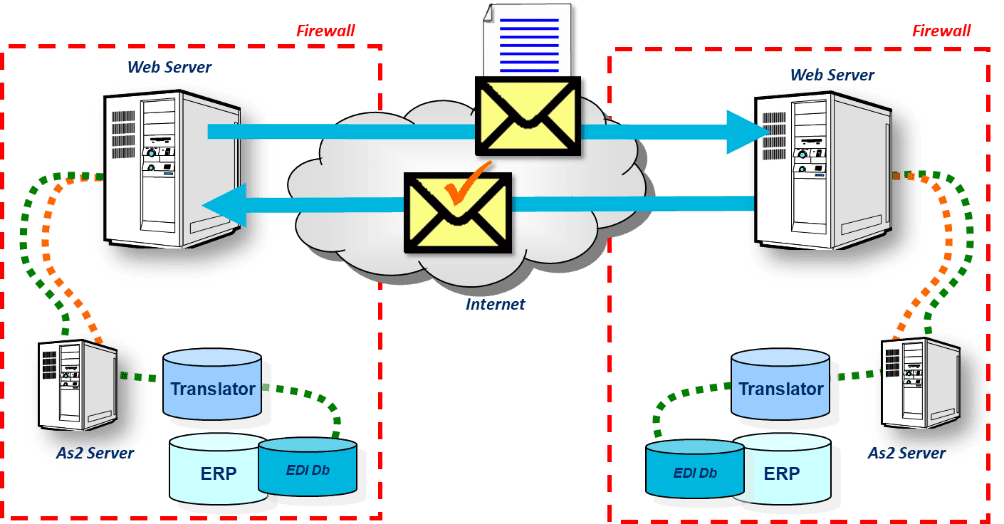Digital Supply Chain in the Amazon Age (Industry 4.0)

The last few decades were marked by widespread adoption of computers quickly followed by automation; in fact, Industry has not stopped advancing since the Industrial Revolution began in Great Britain (Industry 1.0 1760-1840) more than 200 years ago. Now the way we produce, buy, sell, and trade things is undergoing yet another series of changes, perhaps even somewhat of an upheaval.
Modern manufacturers are today enhancing their processes with intelligent autonomous systems powered by digital innovations like Internet of Things (IoT), Artificial Intelligence (AI), and Machine Learning (ML). The once far off dream of smart factories is a reality; we have surpassed the targeted robotic processes and connected systems we once dreamed of and are enabling decisions without human intervention.
Our systems today, with access to more and more data, are growing smarter by the day, ensuring that our world produces more and wastes less. Industry 4.0 is no longer a buzzword, it’s a reality that suppliers and manufacturers across the globe are struggling with, each playing catch-up in a world undergoing a seismic shift.
Connecting to Deliver Experiences
Harnessing the potential of Industry 4.0 means emerging from the operational mindset. Customers today spend less time ‘gathering’ the goods and services they require as they once did and more time enjoying them. The market today is filled with choice and with choices just a few clicks away, they can spend more time on experiences that engage them personally.
Today’s consumer is all about convenience, shopping availability over price. A recent article cites 75% of millennials value experience over things and expect additional utility from the brands they patronize. The experience is derived from the utility offered by access to goods and services. It becomes business-critical for brands to understand evolving customer desires and deliver experiences that delight.
For manufacturers, factors like on-time delivery, responsiveness to demand, and seamless partner connectivity all add up to a memorable brand experience; as a result, organizations need to augment their digital supply chains across here-to-fore traditionally siloed business areas like manufacturing, planning, logistics, R&D, after-sales services, and maintenance.
The digital supply chain seamlessly connects partners along the value chain and enables organizations to fully realize their Industry 4.0 vision by accommodating design, manufacturing, logistics, inventories, and even asset management. Industry 4.0 means connectivity and it involves wide areas of your business.
Building a Connected Digital Supply Network
Nearly everyone I talk to these days is on a path to building a connected digital supply network; while they are on the same path, the journey towards Supply Chain 4.0 is different for every business. What has become critical is an understanding of the components that make a digital supply chain reliable, flexible, and efficient.
- Customer-Centric Design
The customer needs to be the front and center of all supply chain planning. Organizations with an in-depth connection with the end-client can monitor their behavior and analyze trends and innovate accordingly. Smart solutions and intelligent interfaces capture real-time data on customer behavior from the live environment and help design customer-centric supply chain and manufacturing processes.
The product development process needs to be deeply integrated with this design concept. In fact, the entire demand chain needs to be understood, documented, retained, and related; only then can you have a deep understanding of your Order to Cash, PO to Payment business processes and realize how and where to make improvements.
- Real-Time Visibility
Siloed functional processes affect an organization’s flexibility, leading to long and cumbersome planning cycles. All too often one process ends and another begins, without bringing about an abrupt end to progress between business units. Seamless communication and synchronized units provide a unified, real-time view of both supply and demand chains. These processes enable optimization of workflows and include inventory and other services once thought to the outside of the ‘norm’.
Tracking these data, and further still these transactions, helps increase supply chain visibility and productivity, assisting managers and planners to make informed decisions that are based on reliable insight.
- Timely Delivery
Reliable and timely deliveries top the list of priorities for today’s customers and factors in the convenience of today’s consumer demands. Timeliness is a critical supply chain component that can make or break the customer experience; when the customer reaches for your product and it’s not where they expect it, they can very easily reach for another. Whether they’re reaching for a substitute product or another retailer, the outcome is the same; there’s an opportunity cost for your business and the consumer.
Companies that prepare to leverage Industry 4.0 capabilities can streamline logistics, guarantee better delivery experiences, and reduce out of stock conditions with seamless communication. Warehouses can monitor storage conditions, optimize delivery schedules, and quantify inventories and reorder points, which are often tragically overlooked.
By simply looking ahead to real-time weather and traffic updates with connected vehicles, we can adapt to the best routes based on supply and demand activities and ensure our products and services reach their intended targets on time, every time.
A Digital Supply Chain for Your Next-Gen Intelligent Enterprise
While the ‘chain’ metaphor explains the underlying utility of a supply or demand chain – connected and sequential – it simultaneously depicts a sense of flexibility and strength. The ‘chain’ implies a connection from one point to the next. The business environment today also requires responsiveness and agility which cannot be ignored.
Today’s digital supply network needs real-time insights that drive supply chain visibility, supply chain planning, communication, analysis, and execution – an orchestration of interactions across all critical business units, which is no longer a chain but more of a continuous strap. While the chain metaphor persists, the links previously used to identify business units fades into the background emerging as one continuous loop through which a truly flexible organization enables work and data to flow seamlessly across functional areas. This allows quicker issue detection and resolution, effectively reducing operational and financial risks.
Intelligent technologies power intelligent enterprises; when these are combined as a synchronous whole as they exist in Industry 4.0, they dramatically improve an organization’s ability to navigate the digital economy of today and deliver an experience that exceeds customer expectation.

 PartnerlinQ
PartnerlinQ




